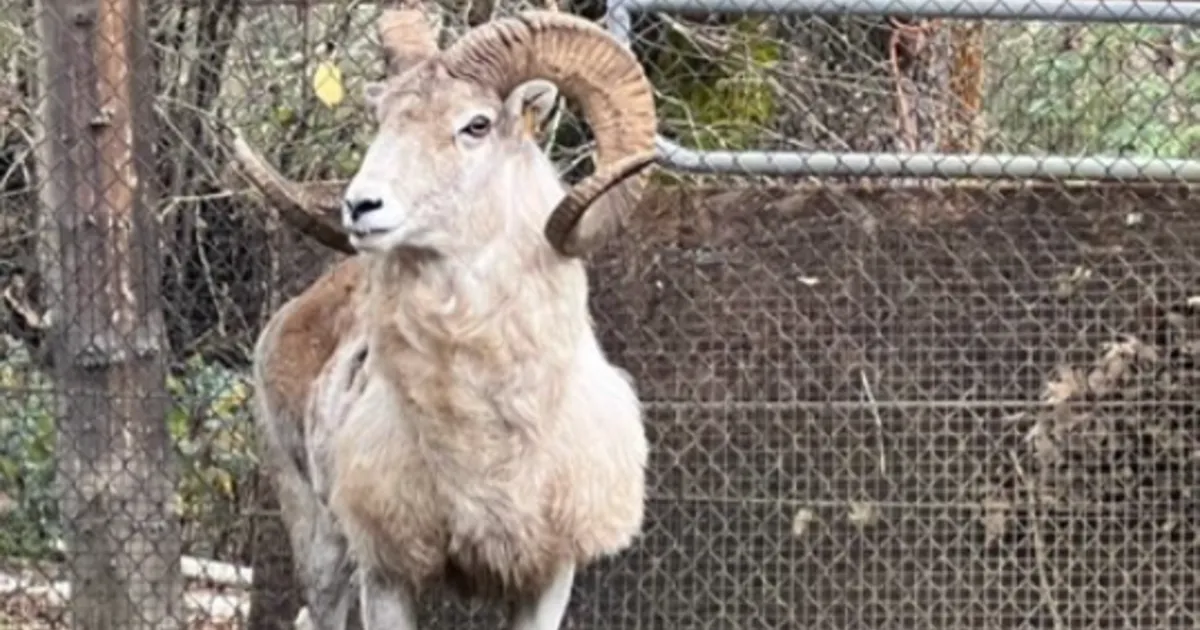Understanding DNA's Role in Illegal Wildlife Trafficking Cases

Legal Consequences of DNA Misuse in Wildlife Trafficking
A Montana man has received a six-month prison sentence for his involvement in an illegal wildlife trafficking case. According to U.S. District Court Judge Brian Morris, the 81-year-old utilized tissue and testicles from large sheep sourced from Central Asia and the U.S. to illegally create hybrid sheep. These hybrids were intended for captive trophy hunting in states such as Texas and Minnesota.
The Dangers of Illegal Cloning
- Threat to Biodiversity: Illegal cloning practices can severely impact wild populations.
- Wildlife Crime Implications: This case exemplifies the ongoing struggles against illegal wildlife trafficking.
- Enforcement Challenges: Many similar cases go unnoticed, highlighting the need for stricter regulations.
The judicial outcome serves as a warning against the misuse of DNA technologies in wildlife, as it poses direct consequences not only for the species involved but also for conservation efforts globally.
Disclaimer: The information provided on this site is for informational purposes only and is not intended as medical advice. We are not responsible for any actions taken based on the content of this site. Always consult a qualified healthcare provider for medical advice, diagnosis, and treatment. We source our news from reputable sources and provide links to the original articles. We do not endorse or assume responsibility for the accuracy of the information contained in external sources.
This article was prepared using information from open sources in accordance with the principles of Ethical Policy. The editorial team is not responsible for absolute accuracy, as it relies on data from the sources referenced.